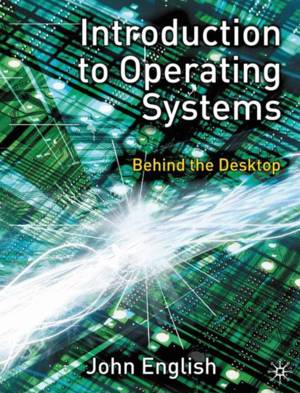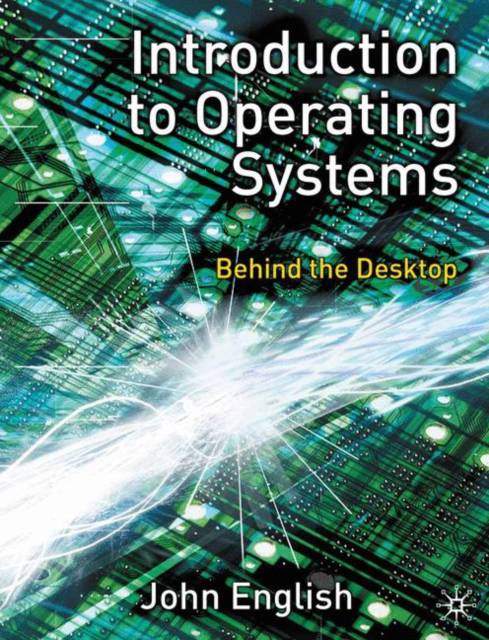
- Retrait gratuit dans votre magasin Club
- 7.000.000 titres dans notre catalogue
- Payer en toute sécurité
- Toujours un magasin près de chez vous
- Retrait gratuit dans votre magasin Club
- 7.000.0000 titres dans notre catalogue
- Payer en toute sécurité
- Toujours un magasin près de chez vous
Description
Anyone who uses a computer is using an operating system, although very few people appreciate what an operating system is or what it does. The most visible part of an operating system is the graphical user interface (GUI) - and yet most of what an operating system does is completely invisible.
Introduction to Operating Systems: Behind the Desktop takes a unique approach to the teaching of operating systems, starting with what you will already know - the GUI desktop - before taking you behind, below and beyond the scenes to explore those 'invisible' aspects of the subject. No prerequisite knowledge is assumed other than a general knowledge of programming.
Introduction to Operating Systems: Behind the Desktop features:
- An in-depth coverage of the core features of modern operating systems, with a wealth of examples drawn from real systems such as Windows and Linux
- A concise and non-mathematical approach that allows you to get quickly to the heart of the subject
- A treatment that assumes no knowledge of computer architecture
- Brief Questions and more in-depth Exercises integrated throughout each chapter to promote active involvement
- Practical, in-depth Projects and end-of-chapter additional resources and references to encourage further exploration
- Mini-glossaries at the end of each chapter to ensure understanding of key terms, plus a unified glossary at the end of the book for quick and easy reference
- A companion website includes comprehensive teaching resources for lecturers
Spécifications
Parties prenantes
- Auteur(s) :
- Editeur:
Contenu
- Nombre de pages :
- 448
- Langue:
- Anglais
Caractéristiques
- EAN:
- 9780333990124
- Date de parution :
- 23-08-04
- Format:
- Livre broché
- Format numérique:
- Trade paperback (VS)
- Dimensions :
- 189 mm x 246 mm
- Poids :
- 793 g

Les avis
Nous publions uniquement les avis qui respectent les conditions requises. Consultez nos conditions pour les avis.






